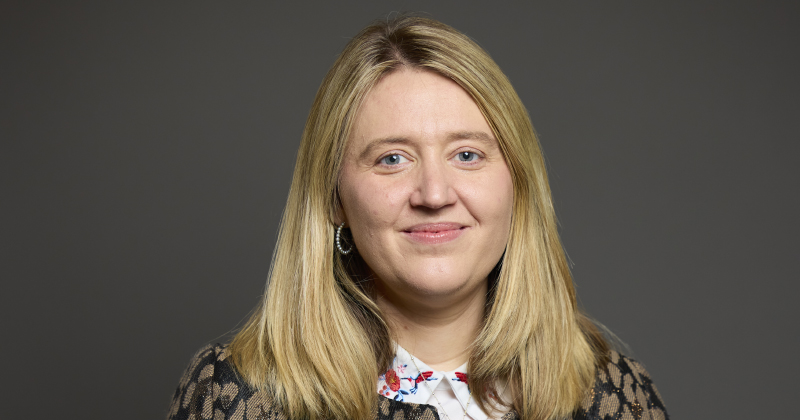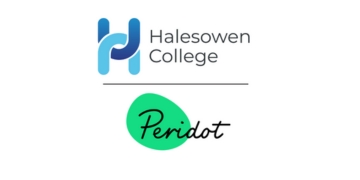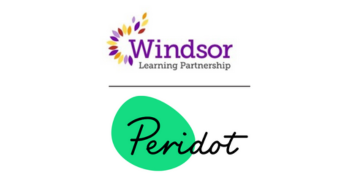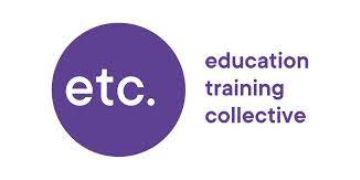“Local education partnerships” can foster collaboration between maintained schools and academies and fill the “policy vacuum” left by the fragmentation of the system, a former education secretary and Ofsted chief have said.
Local education partnerships involve schools – both maintained and academies – teaming up to form groups that partner with councils and lead on things like school improvement, professional development, boosting inclusion and programmes to increase literacy.
Partnerships such as Camden Learning – a model championed by schools minister and former Camden council leader Georgia Gould – and HFL Education (once Herts for Learning) are long-established and well-known.
But a report from the Area-Based Education Partnerships Association (AEPA) – a membership body for local education partnerships – revealed there are now 30 operating across England.
It comes as ministers are deciding what to do about school structures as part of their upcoming schools white paper.
Schools Week revealed earlier this year that officials were working on proposals to encourage all schools to join a group.
‘Risk schools lose autonomy and trusts work in weak system’
But the report warned that “as we move to most schools being members of trusts, the risk is that individual schools both lose autonomy as part of a larger group and the trust itself operates within a weak school system because nothing connects them with other schools in the same geographical area”.
It also warned the “framework and incentives by which schools, or groups of schools, relate to each other and to the wider community is in limbo”.
But it “increasingly matters less whether a school is an academy or a maintained school than whether there is a structure in which schools in the same place, serving the same community, can work together and learn from each other”.
That is the “policy vacuum that local leaders and schools are seeking to fill through local education partnerships”.
‘They bridge schools and communities’
The report found that successful partnerships delivered improvement by supporting professional development, leadership pipelines and inclusion at local scale.
Funding for the partnerships comes from a range of sources. Commissions from councils are “common”, but “for many, the main sources of income are schools – as one-off, annual, or multi-year payments for a range of support”.
Other sources include payments for other traded services, commissions from other public sector organisations, and other grants or awards.
The report also noted that “many” partnerships have had to rely less on council income.
According to the paper, the partnerships it promotes are “school-led, place-based and open to all schools no matter what their legal structure”.
“As such, local education partnerships are a rich resource for the new government in managing the national agenda for change.”
‘The missing link’
The AEPA is chaired by Baroness Morris, a former education secretary and Dame Christine Gilbert, a former chief inspector who now chairs Ofsted and Camden Learning.
They said partnerships provided the “missing link” in a fragmented system, and said the report should provide the government with “food for thought” as they consider their next steps.
“Place matters. Schools thrive when they are deeply rooted in their communities. Local education partnerships provide the glue that connects schools, families and services, ensuring every child has the chance to succeed.
“For many years multi academy trusts have been seen as the only structural way to deliver on this goal, but increasingly in many parts of the country local education partnerships have been quietly getting on with the job of gripping the challenges that schools and communities are facing locally.”
‘We really believe in collaboration’
It comes after Gould told the Schools and Academies Show last week the government “really believe[s] in collaboration”, but added that it was “up to schools how they come together in that way.

“There’s a there’s a lot that comes from collaboration, and I think the role of trusts…the leadership that they’ve shown and the capacity they brought into school improvement.
“So we are absolutely committed to more collaboration and to ensuring that at a place level, health, schools, local authorities are working together to really ensure that all children are supported, and where there is collaboration to save money, then it’s a really important tool.”
Examples of partnerships set out in the report include Birmingham Education Partnership, which runs a “new to headship” programme for all new leaders and a more advanced development programme.
In Surrey, SAfE has developed a “Surrey inclusion framework” to support schools with self-evaluation. More than 150 schools – both maintained and academies – have worked with it.
Learn Sheffield has been commissioned by its local council to lead reforms to increase the number of children who have positive experiences and achieve good outcomes without requiring additional or different provision.








See my blog about this. https://open.substack.com/pub/brianlightman665504/p/disciplined-pluralism?r=2x7avl&utm_medium=ios
Really important messages in this excellent article